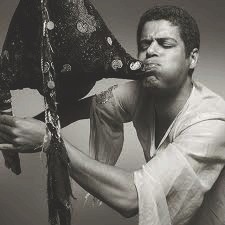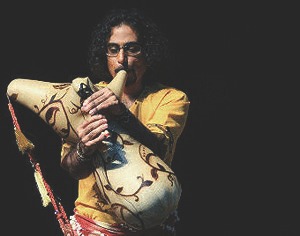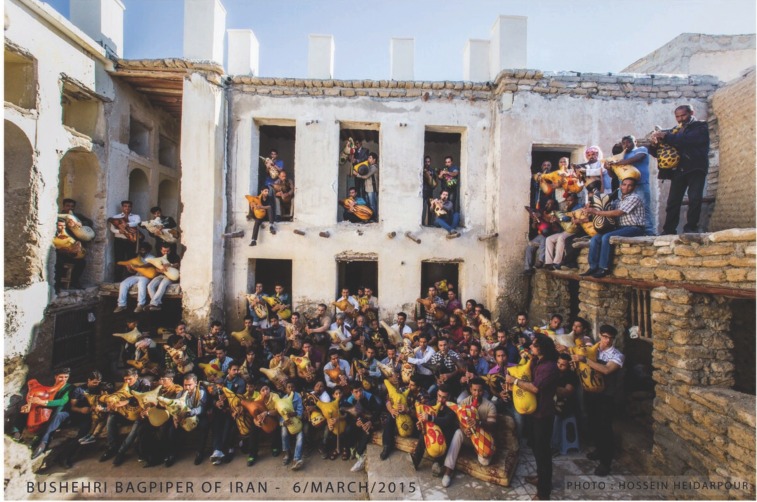The Bagpipe Society
Droning On

I enjoyed watching Phil Cunningham’s Pipe Dream, BBC2 in Scotland’s two part documentary celebrating the bagpipes in all their diversity. Any fears that this would be a programme taking cheap shots at pipes or pipers were swiftly allayed. It was, rather, a genuine and heartfelt homage to our instrument, one that was both informative and entertaining. There were many familiar faces, some great footage of the Blowout, and as an added bonus the two episodes went out on either side of International Bagpipe Day. As for myself, my half-hour interview of attempted erudition got whittled down to one inane soundbite but such is the way with TV and the main thing was that I didn’t embarrass myself. Too much.
If I have one small criticism to make it is that the programme, in spite of its stated aim to alert viewers to the many different bagpipes in the world, did end up reasserting the hegemony of the Great Highland Bagpipe. By the end you could be forgiven for thinking that the GHB was the only bagpipe that matters, with the possible exception of the Uilleann pipes. There was no place for Yannis Pantazis’ ‘primitive’ tsambouna in the big finale concert at Glasgow’s Proms in the Park, and while Phil Cunningham is clearly a fan of the pipes, it seemed to me that the closer he got to home the happier he was, musically speaking. In the wake of the Scottish Independence Referendum I can see why the programme makers might, consciously or unconsciously, have taken the opportunity to champion national identity, but it’s a shame that came at the expense of pipes that seem strange to Western ears. My concern is always with the underdog, with those whose stories do not get heard.
These concerns came to the fore during this year’s International Bagpipe Day. I am a recent convert to Twitter and I watched with delight as #InternationalBagpipeDay started trending. The only problem was that, as America woke up, pretty much every single tweet came from a Highland piper or pipe band. For many across the Pond (though to be fair, not all), ‘bagpipe’ and ‘Great Highland Bagpipe’ remain synonymous, and that’s the very association International Bagpipe Day was created to challenge. Much as I love the GHB, I would hate to see International Bagpipe Day become a celebration of Scottishness per se, rather than a celebration of the world’s bagpipes in all their rich diversity.
To that end I hope that many players of other-than-Great-Highland-pipes will make it to Glasgow next year for the International Bagpipe Conference.
In the run up to IBD I also had a fascinating yet troubling email exchange with pipers in Iran. The bagpipe there is called the ney-anban, a single-reeded, double-chantered, droneless pipe in the same family as the tsambouna, with a goat-skin bag that is characteristically painted in bright colours. Piping seems to be restricted to the Southern parts of Iran, especially in the city of Bushehr. Bushehr is a port situated on the Persian Gulf, one of those ancient crossroads where all manner of cultures have mingled and cross-fertilised since Antiquity.

Consequently its music contains an eclectic blend of African, Indian, Arabic and Persian influences. The music has an intense, trance-like quality and clearly possesses elements that have more to do with African indigenous religions than Islam. I once saw an Iranian piper, Saeid Shanbehzadeh, perform at Saint Chartier some years ago and it was thrilling to watch him spin and whirl as he played. He even played the bagpipe on his head, Hendrix-style. Clearly there is a unique and vibrant tradition of piping and performing in Iran about which we know little in the West.

Sadly, however, that tradition is under threat from intolerant government and religious authorities. As I understand it, not only are concerts featuring the nay-anban forbidden in Bushehr, but openly to play the pipes is to risk condemnation, discrimination and sometimes even arrest.
This year, to mark International Bagpipe Day, Iranian pipers, led by their most famous musician, Mohsen Sharifian, organised a social media campaign to alert the world to their plight, standing up to the authorities by holding gatherings of massed pipers. The resulting images were striking.
I’m writing this just two weeks before our British General Election and like me you may already be suffering from election fatigue. I think it’s fair to say that one of the joys of the Bagpipe Society is that it remains a haven from politics. However, I also think that I am not stepping out of line by expressing our complete solidarity with the pipers of Iran, our support for their cause, and our hope that their piping tradition continues to flourish.
It’s one of the great joys of International Bagpipe Day that it brings pipers together across political, religious and ethnic boundaries and allows us to hear stories like these, stories that would otherwise not get heard. It would be a terrible shame if the global success of the Great Highland Bagpipe meant that this aspect gets overshadowed.
Watch Saeid Shanbehzadeh on youtube:
Watch Mohsen Sharifian:

- Data Processing Notice (GDPR)
-
@BagpipeSociety on X (formally known as Twitter)
-
TheBagpipeSociety on Instagram
-
 BagpipeSociety on Facebook
BagpipeSociety on Facebook
Something wrong or missing from this page? Let us know!
